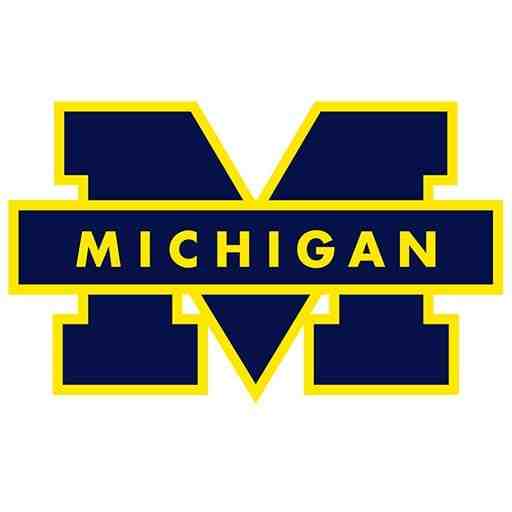Here are some key facts about NCAA Hockey:
- NCAA Hockey refers to college hockey played at the Division I and Division III levels under the governance of the National Collegiate Athletic Association (NCAA) in the United States.
- There are currently 60 Division I and 80 Division III men’s and women’s ice hockey teams competing in NCAA Hockey.
- The NCAA Hockey season typically runs from October through March, culminating in the NCAA Division I Men’s Ice Hockey Tournament known as the “Frozen Four.” This tournament dates back to 1948 and crowns the national champion.
- Notable NCAA hockey programs include the University of Minnesota, University of Michigan, Boston College, University of North Dakota, Boston University, and University of Denver, among others.
- While some NCAA hockey teams and conferences allow players to be drafted by NHL teams, players cannot technically play in the NHL while retaining NCAA eligibility. Once they play in the NHL, they forfeit NCAA eligibility.
- The NCAA currently holds both a men’s and women’s ice hockey championship each year. Minnesota and Minnesota-Duluth have won the most Division I men’s titles with 5 each.
- For Division III NCAA hockey, Middlebury College has dominated, winning 9 national championships on the men’s side. Plattsburgh State has the most women’s titles with 5.
Besides intercollegiate competition, NCAA hockey serves as a key development ground for NHL players. Hundreds of current and former NHL players played NCAA hockey during their developmental years.



















